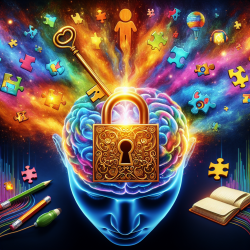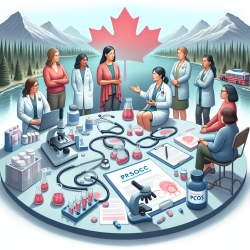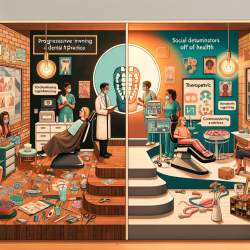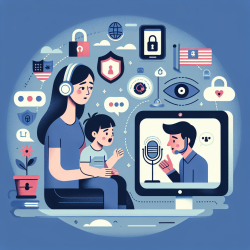The Individuals with Disabilities Education Act (IDEA) mandates the use of Assistive Technology (AT) devices and services to support children with disabilities. However, misconceptions about AT persist, potentially hindering the effective implementation of these essential tools. This blog aims to clarify IDEA's AT requirements, debunk common myths, and provide examples of how AT can be used to enhance the educational experiences of children with disabilities.
Understanding Assistive Technology Under IDEA
Under IDEA, an "assistive technology device" is any item, piece of equipment, or product system, used to increase, maintain, or improve the functional capabilities of children with disabilities. This broad definition encompasses a wide range of tools, from low-tech options like pencil grips to high-tech devices such as speech-generating devices.
Similarly, "assistive technology service" refers to any service that directly assists a child with a disability in selecting, acquiring, or using an AT device. These services can include evaluations, customization of devices, and training for both the child and educators.
Dispelling Common Myths about Assistive Technology
- Myth: AT should only be considered for certain IEP meetings.
Fact: IDEA requires that AT devices and services be considered each time an IEP is developed, reviewed, or revised. - Myth: AT is optional if funds are unavailable.
Fact: IEP teams must provide and fully fund AT devices and services deemed necessary for providing a Free Appropriate Public Education (FAPE). - Myth: An AT device alone satisfies IDEA's requirements.
Fact: IDEA mandates the consideration of both AT devices and services to ensure the child's needs are fully met. - Myth: AT always involves high-tech devices.
Fact: AT includes a wide range of devices from low-tech to high-tech, tailored to the child's individual needs. - Myth: AT is only for academic use in school settings.
Fact: AT should be used across all environments to support the child's functional capabilities in daily activities.
AT and IDEA: Ensuring a Comprehensive Approach
IDEA's regulations underscore the importance of AT in providing a comprehensive educational approach for children with disabilities. This includes not only the provision of devices but also the necessary services to ensure these tools are effectively integrated into the child's education plan. From evaluation and selection to training and maintenance, each aspect of AT service is crucial for the child's success.
Furthermore, IDEA emphasizes the need for AT in transition planning and state assessments, highlighting the role of AT in supporting students' post-secondary success and equitable participation in standardized testing environments.
Conclusion
Assistive Technology, as mandated by IDEA, plays a pivotal role in supporting the educational achievements and daily living of children with disabilities. By dispelling common myths and understanding the comprehensive requirements under IDEA, educators, parents, and administrators can better advocate for and implement AT services and devices, ensuring that all children have the tools they need to succeed.
For more information on Assistive Technology and IDEA, please follow this link.










